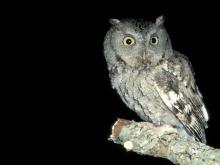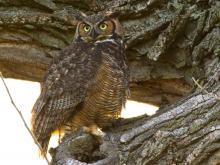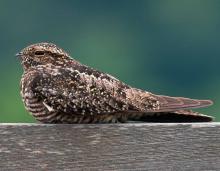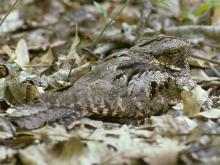Media

Species Types
Scientific Name
Strix varia
Description
The barred owl is easily identified both visually and by sound. Learn to recognize its call, and on moonlit nights in their habitat, you may hear it quite often!



























